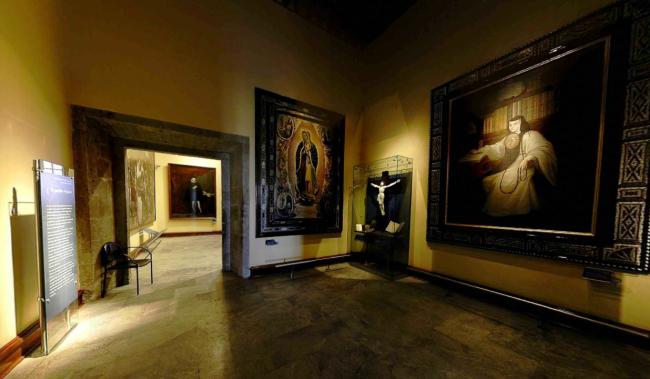
The Church in the Bourbon Era
Sala
As important as military, technological, or artistic conquest was the evangelization of the Indigenous peoples—often referred to as the “spiritual conquest.” In the early years, this task was led by members of the Franciscan, Dominican, and Augustinian orders, later joined by Jesuits and the secular clergy (priests and deacons from local dioceses).
To make the new faith more appealing to Indigenous communities, religious ceremonies incorporated music, dance (including Indigenous dances, which were soon accepted), singing, flowers, candles, and incense. Short religious plays known as "autos sacramentales" were also staged to teach Christian doctrine. Evangelizers often relied on the sons of Indigenous nobles—educated in convents and church-run schools—as catechists. Some of these young men later became governors or judges in Indigenous towns and continued to spread the Christian faith.
Missionaries gathered Indigenous people into newly established settlements, where they allowed the coexistence of pre-Hispanic and Spanish systems of communal land ownership. They introduced the wheel, iron tools, new crops, and European domesticated animals.
They also produced important writings in many native languages and often defended Indigenous communities against abuses by colonial officials, landowners, miners, and even local chieftains.


